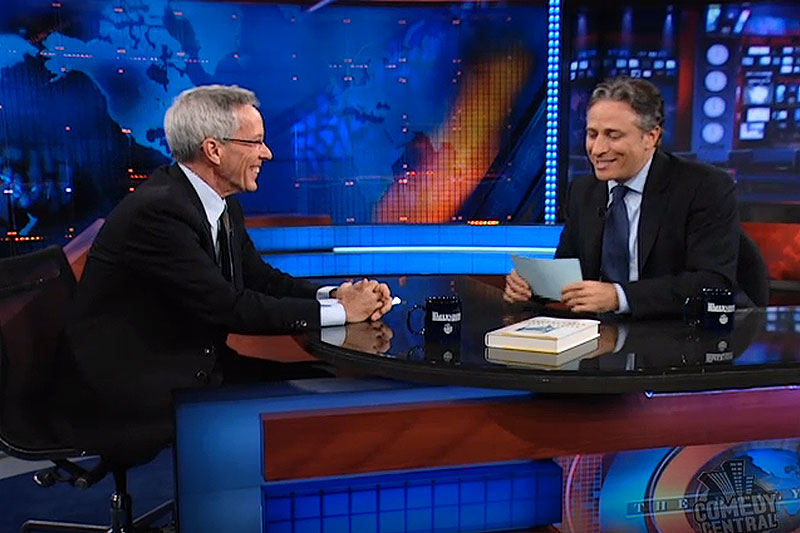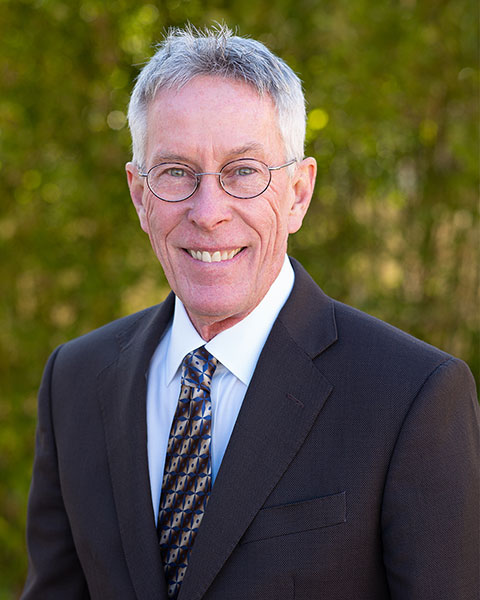Robert Glennon's Talks
Upcoming
Previous
October 25, 2023 – Tanner Forum on Social Ethics – Keynote Speech, Salt Lake (Utah) Community College
September 12, 2023 – Capital & Main and Renewable Resources Group (Virtual)
April 20, 2023 – UMass Boston (virtual)
October 24, 2022 – Maricopa (Arizona) Community Colleges (virtual)
October 18, 2022 – Palouse Basin Water Summit, Pullman, Washington
September 21, 2022 – The Australian National University, Canberra, Australia
May 19, 2022 – Next Generation Water Summit 2022, Santa Fe, New Mexico
April 12, 2022 – California Water Environment Association, Annual Conference, Sacramento, California
March 31, 2022 – Reilly GLOBES Program Speaker, University of Notre Dame, Notre Dame, Indiana
January 20, 2022 – Ft. Worth Lecture Foundation, Ft. Worth, Texas
October 28, 2021 – International Facility Management Association, Kissimmee, Florida
October 4, 2021 – Chief Executives Organization, Global Leaders Forum, Washington, D.C.
September 27, 2021 – International Association of Plumbing & Mechanical Officials, Annual Education & Business Conference (virtual)
April 12, 2021 – Design-Build Institute of America – virtual
April 29, 2020– Arizona Hydrological Society, Phoenix, Arizona (virtual)
October 3, 2019 – Water Asset Management, Investor Conference, San Francisco, California
October 23, 2019 – Allegheny College, Erie, Pennsylvania
February 11, 2019 – SaddleBrooke Nature Club, Tucson, Arizona
April 20, 2019 – Smithsonian Museum on Main Street Water/Ways Exhibit Speaker Series, Amerind Museum, Dragoon, Arizona
March 13, 2018 – Uni-Bell PVC Pipe Association, Key West, Florida
March 29, 2018 – Water Now Alliance, Salt Lake City, Utah
April 3-4, 2018 – Colorado River: Building a Science Agenda – Decision-Makers & Interested Parties Workshop, University of Arizona, Tucson, Arizona
April 29 to July 23, 2018 – Ocean University of China, Qingdao, China
June 21, 2018 – Ocean University of China, College of Environmental Science & Engineering. Qingdao, China.
October 17, 2018 – Allegheny College, Meadville, Pennsylvania
October 29, 2018 – Indiana Water Resources Association annual meeting, Indianapolis, Indiana
March 24, 2017 – Kean University, Union, New Jersey
March 27, 2017 – Missouri American Water Works Association and Missouri Water Environmental Association, Osage Beach, Missouri
May 2, 2017 – Arizona Geological Society, Tucson, Arizona
May 21-25, 2017 – American Fisheries Society, Western Division, Missoula, Montana
September 28, 2017 – Duquesne University, Pittsburgh, Pennsylvania
September 29, 2017 – 18th Global Conference on Environmental Taxation, Westward Look Resort, Tucson, Arizona
October 3, 2017 – Embry Riddle Aeronautical University, Daytona Beach, Florida
October 16, 2017 – Equilibrium Renewable Resources, Water and Waste, Annual Investors’ Conference, Scottsdale, Arizona
October 20, 2017 – NWRI, Irvine, California
November 13, 2017 – IDEXX Laboratories, Portland, Oregon
January 21, 2016 – The California Association of Sanitation Agencies, Palm Springs, California
March 22, 2016 – America’s Water Crisis and What To Do About It. Northern Michigan University, Marquette, Michigan
May 4, 2016 – Oregon Environmental Council, Portland, Oregon
September 7, 2016 – Future of Farming Global Media and Stakeholder Event; Bayer CropScience AG, BayKomm-Bayer Communication Center; Leverkusen, Germany
October 11, 2016 – Oklahoma Water Resources Board. Norman, Oklahoma.
October 21, 2016 – Flinn-Brown Civic Leadership Academy. Phoenix, Arizona.
December 09, 2016 – University of Chittagong. Chittagong, Bangladesh










